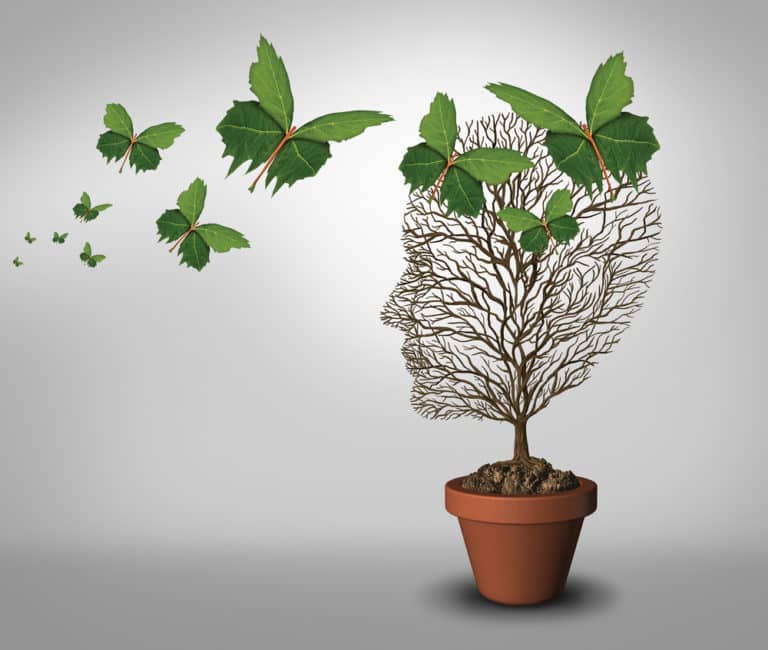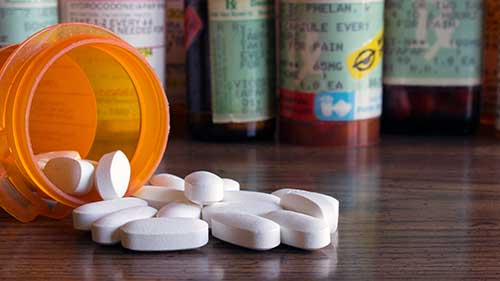The Anti Drug Abuse Act of 1988 helped to fund the ‘War on Drugs’. While drug addicts were already treated like criminals, these enhanced laws only furthered that stereotype, reducing the amount of treatment drug addicts had access to and, instead, sending them to jail without the treatment they needed. To learn more about the Anti Drug Abuse Act of 1988 and how it negatively impacted the United States shortly after and how it continues to negatively impact the United States to this day, keep reading.
What is the Anti Drug Abuse Act of 1988?
The Anti Drug Abuse Act of 1988 came about because of the drug epidemic that was ripping through the United States. In order to protect citizens and decrease the appeal of drugs, penalties were put into place for crack cocaine. The act amended 21 U.S.C 844 to make crack cocaine the only drug that had a minimum penalty for possession. If you had five grams of a mixture or substance containing cocaine, the punishment was a minimum of five years in prison. If you had a prior cocaine conviction, the minimum punishment was applicable for only three grams of cocaine.
This act also amended the Anti Drug Abuse Act of 1986 in other ways, including further organization and coordination of Federal efforts to control drugs. They increased treatment and prevention efforts and attempted to reduce drug trafficking throughout the United States. They were given a total of $6.5 billion for these efforts. However, the results of their treatment efforts were never seen. Instead, the country saw double the amount of arrests and incarcerations as well as more and more prisons being built.
While this act attempted to decrease drug abuse by way of threat (with time in prison), it did the opposite. Drug addicts still had to use in order to fulfill their cravings or keep their withdrawal symptoms at bay, and drug dealers had to keep making a living the only way they knew how. These people didn’t receive treatment, just time in prison.
Overall, this act helped to reinforce the stigma that drug addicts are bad people, as it treated them like criminals instead of people with a disease that needed treatment.
Understanding the War on Drugs
The “War on Drugs” is a global campaign that’s led by the United States federal government. The campaign is used as a way to encourage the prohibition of drugs by using military aid and intervention. This campaign has attempted to reduce the illegal drug trade within the United States with little to no success.
Just like the Anti Drug Abuse Act of 1988, the War on Drugs has continued to criminalize drug use. By treating drug addicts like criminals, we forget that they’re regular people who may have gotten in too deep. For a lot of drug addicts, it’s impossible to quit. The withdrawal symptoms seem too hard, and getting help is the last thing on their mind. By putting them in prison without access to the drugs they need to survive, they struggle alone.
The War on Drugs attacks the poor, homeless, and vulnerable. While the intentions may have been good, the negative impact has been astounding. If more resources had been put into homeless shelters and treatment facilities, they may have seen a decrease in drug trade. However, no decrease has been seen whatsoever. Unfortunately, the only progress they’ve made is increasing incarcerations and building more and more prisons.
Why is it Hard for People to Find Jobs and Restart Their Lives after Incarceration?
There’s a huge stigma surrounding those who have been to prison. It can be hard for them to get approved for apartments, find jobs, and more. If they were incarcerated for a long time, their credit score will be low and it will be hard for them to get approved for credit, such as cars, homes, apartments, and credit cards. On top of them, some jobs will discriminate against convicts. In combination, these two factors alone make it difficult enough for ex-convicts to return to a life of normalcy.
While there are programs in place to help the incarcerated re-enter the world, they’re scarce and they don’t eliminate the stigma. Because of this, many people may turn back to drugs after incarceration because it’s all they know. Because they don’t have any prospects, money, or help, going back to their old life may seem like the easiest option. If they had received the help they needed in the first place, this never would have been a problem.
Treating Drug Addiction After Incarceration
Unfortunately the “War on Drugs” isn’t going anywhere for the time being. There are plenty of people working against it, and while some are finding success, tons of people are still being incarcerated for drug use. Until drugs are decriminalized completely, this will go on. The best way to help drug addicts after incarceration is with treatment and recovery programs. These treatment programs aren’t directed at helping addicts get sober (as they usually are already) but instead helping them maintain that sobriety in the face of adversity.
Because post-incarceration life can be very difficult for most people, having a treatment program including therapy and support can make all the difference. Many places even offer these programs free of charge or with funding for people recently out of prison.
Start Treatment Today
Unfortunately, the Anti Drug Abuse Act of 1988 has made it much more difficult for drug addicts. However, if you or someone you love has recently been released from prison, it’s time to start thinking about treatment. Therapy, support groups (like alcoholics anonymous or narcotics anonymous) are great options for helping to prevent relapse.
In these treatment programs, people can learn healthy coping mechanisms and skills for avoiding drug use. Many programs also can help with job placement, apartment hunting, and more to help recently released people get back on their feet. We understand how difficult it can be to regain your footing after being incarcerated, but we’re here to help. To learn more, call Asheville Recovery Center today and take the first step towards life in recovery.







